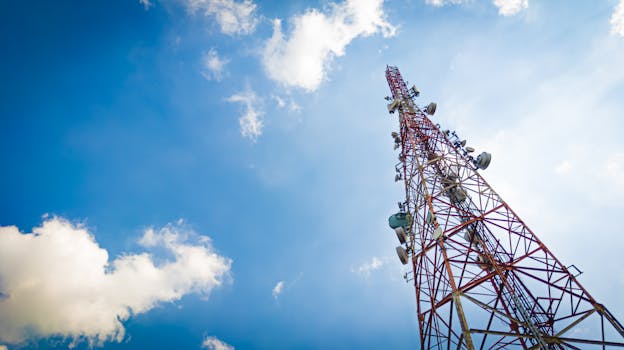
Satellites as Sentries: Advanced Technologies for Global Communication and Surveillance. The use of satellites as sentries for global communication and surveillance has become increasingly important in recent years. With the advancement of technology, satellites are now capable of providing real-time monitoring and data transmission, making them an essential tool for various industries and governments.
The development of satellite technology has been rapid, with significant improvements in areas such as satellite design, launch systems, and ground control systems. Modern satellites are equipped with advanced sensors, transponders, and propulsion systems, allowing them to provide high-quality images, videos, and data transmission. The use of satellites has also become more accessible, with the cost of launching and operating satellites decreasing significantly over the years.
One of the primary applications of satellites is in the field of global communication. Satellites enable the transmission of data, voice, and video signals over long distances, making it possible for people to communicate with each other from anywhere in the world. This has been particularly useful for remote areas where traditional communication infrastructure is lacking. Satellites have also enabled the development of global navigation systems, such as GPS, which have become essential for transportation, logistics, and other industries.
In addition to communication, satellites are also used for surveillance purposes. Satellites equipped with high-resolution cameras and sensors can monitor the environment, track weather patterns, and detect natural disasters. This information can be used to predict and prevent disasters, as well as to respond to emergencies more effectively. Satellites are also used for military surveillance, providing critical information for national security and defense.
The use of satellites has also had a significant impact on the field of earth observation. Satellites can monitor the environment, track climate change, and detect natural resources. This information can be used to develop sustainable practices, predict and prevent natural disasters, and optimize resource allocation. The use of satellites has also enabled the development of precision agriculture, allowing farmers to optimize crop yields and reduce waste.
In terms of advanced technologies, satellites are now being equipped with artificial intelligence (AI) and machine learning (ML) algorithms. These algorithms enable satellites to analyze large amounts of data in real-time, making it possible to detect patterns and anomalies that may not be apparent to human analysts. The use of AI and ML also enables satellites to adapt to changing conditions, such as weather patterns or satellite malfunctions.
The integration of satellites with other technologies, such as the Internet of Things (IoT), is also becoming increasingly important. The use of satellites to connect IoT devices enables real-time monitoring and data transmission from remote areas, making it possible to optimize logistics, transportation, and other industries. The use of satellites also enables the development of smart cities, where data from satellites and IoT devices can be used to optimize energy consumption, traffic management, and other urban systems.
However, the use of satellites also raises concerns about privacy and security. The use of satellites for surveillance purposes has raised concerns about the potential for governments and corporations to monitor individuals without their consent. The use of satellites also raises concerns about cybersecurity, as satellite systems can be vulnerable to hacking and other forms of cyberattack.
In conclusion, Satellites as Sentries: Advanced Technologies for Global Communication and Surveillance play a critical role in modern society, enabling real-time monitoring and data transmission for various industries and governments. While there are concerns about privacy and security, the benefits of satellite technology far outweigh the risks. As technology continues to advance, we can expect to see even more innovative applications of satellite technology in the future.

